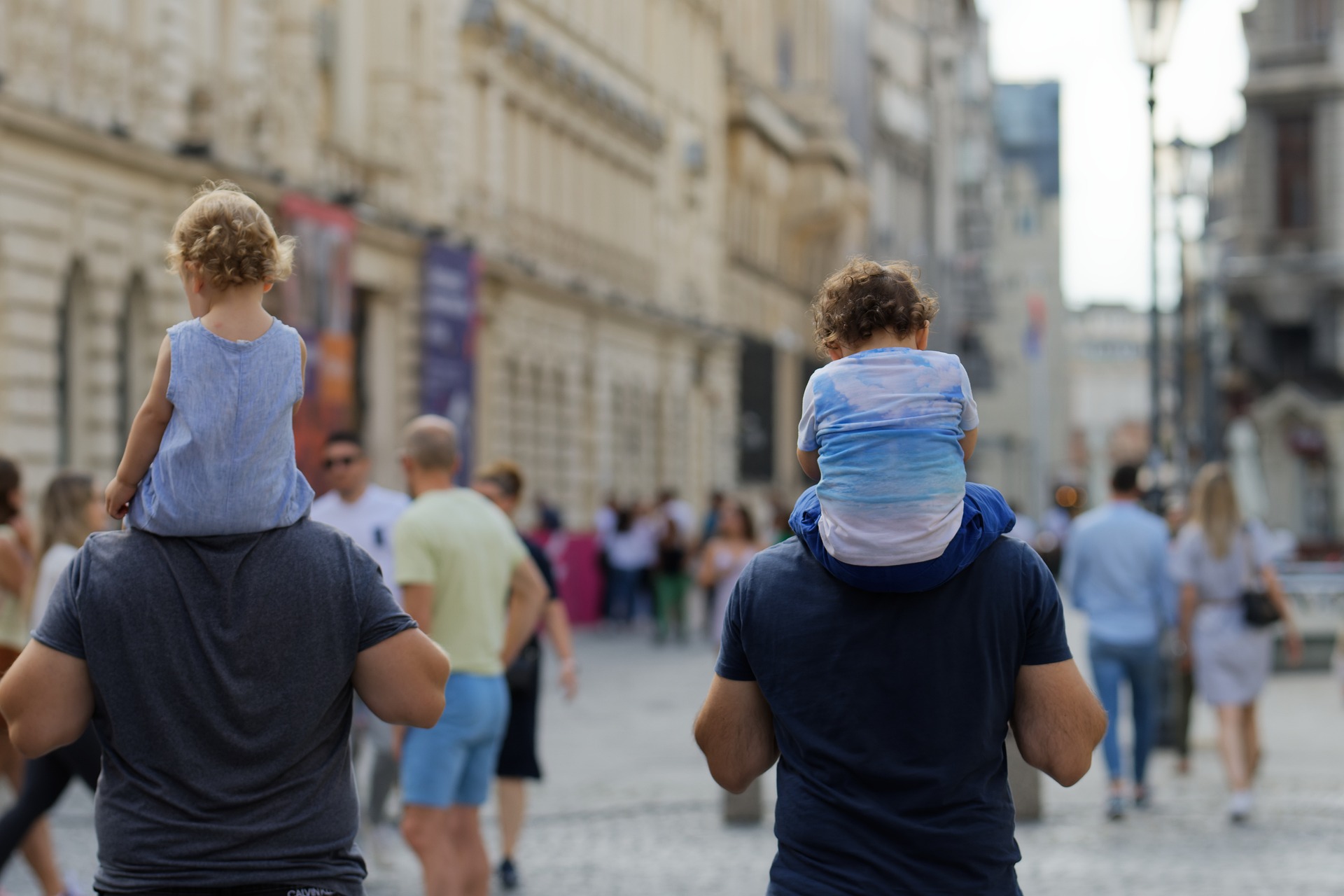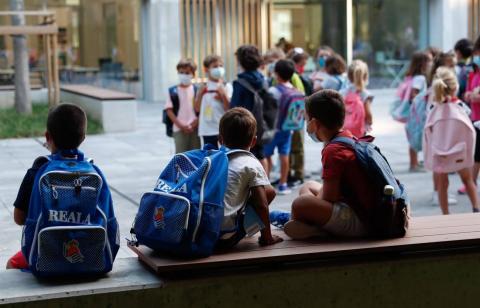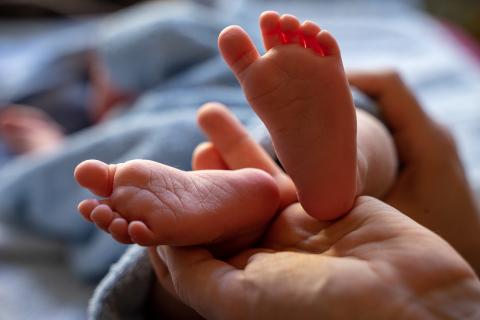Reaction to study showing that sequelae after covid-19 can occur at all ages
Research published in the journal PLOS Medicine has studied the occurrence of sequelae following covid-19 in 46% of the German population. It concludes that they affect all ages, including children and adolescents.

Jose Ramón Blanco - long niños
José Ramón Blanco
Scientific Director of the Biomedical Research Centre of La Rioja.
Some patients with covid-19 experience long-term health problems once acute infection has passed. To date, evidence of these complications in some groups, such as children and adolescents, is limited.
This article published in PLOS Medicine presents a retrospective cohort study that analyses, in a detailed way, health data from approximately 46% of the German population. In this study, the authors analyse disease patterns in the 3 months after covid-19 in children/adolescents and adults (January 2019 to December 2020). The median follow-up time was 236 days in children/adolescents and 254 days in adults. Manifestations observed throughout follow-up were grouped into 13 pre-existing medical conditions for children/adolescents and 38 for adults. In addition, 3 domains (physical, mental and physical/mental) were assessed.
Covid-19 infection was confirmed by polymerase chain reaction (PCR). A total of 157,134 persons were included; 11,950 children/adolescents (48.1 % female, 67.2 % aged 0-11 years) and 145,184 adults (60.2 % female, 51.1 % aged 18-49 years). Each of these patients was matched to a control group with the same age, sex and pre-existing medical conditions (51,825 children/adolescents and 557,287 adults).
The authors observed that rates of health problems in all three domains assessed were higher in people who had undergone covid-19 compared to that observed in the control group. Also, these rates were higher in adults than in children/adolescents with covid-19. The main rates of health problems in children/adolescents were malaise/fatigue/exhaustion followed by cough and sore throat/chest pain. No differences were observed when stratifying by age range 0-11 years versus 12-17 years. In contrast, in adults, the observed rates were highest for smell and taste disturbance followed by fever and dyspnoea.
This is a large cohort study (more than 150,000 people) that provides interesting data by including a large number of children/adolescents and highlights the need to take into account the large number of medical manifestations that can appear after covid-19, not only in adolescents, but also in children/adolescents.
The study has limitations, as acknowledged by the authors, including unassessed confounding factors and detection biases. Another limitation would be the length of follow-up (around six months after infection). Furthermore, as they point out, although healthcare utilisation may differ between those who have experienced covid-19 and those who have not, the results show that all age groups may be affected by these complications and that the type of health problem may vary according to age.
Once again, this study highlights the need for prospective studies to understand the evolution over time, and the impact, of these health problems, especially in children/adolescents.
Roessler et al.
- Research article
- Peer reviewed
- Observational study
- People



